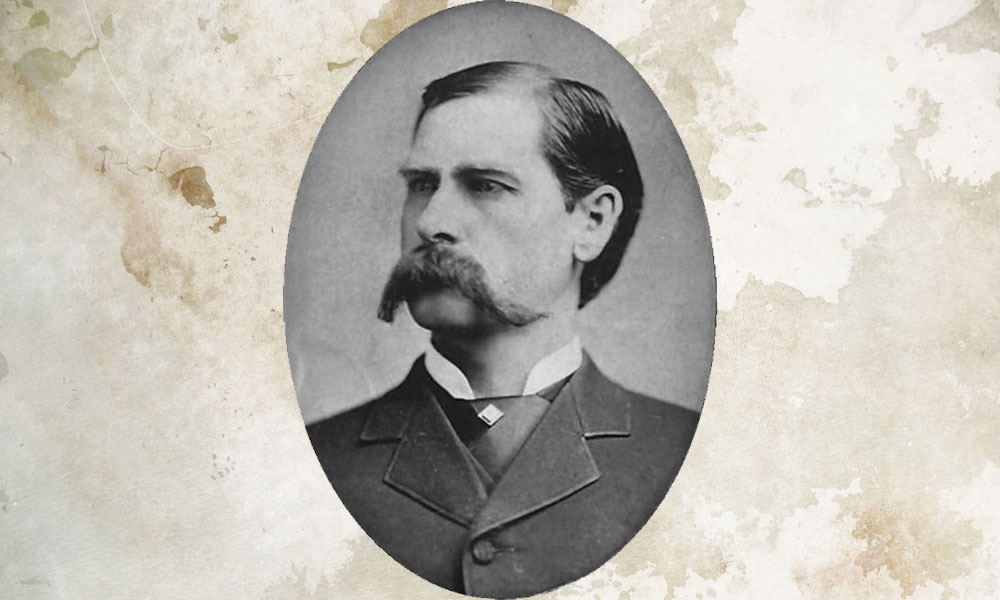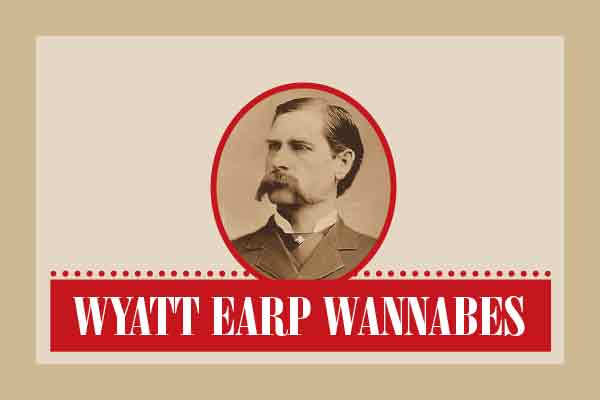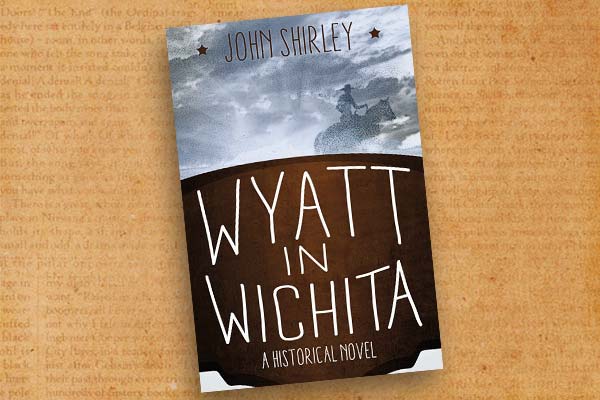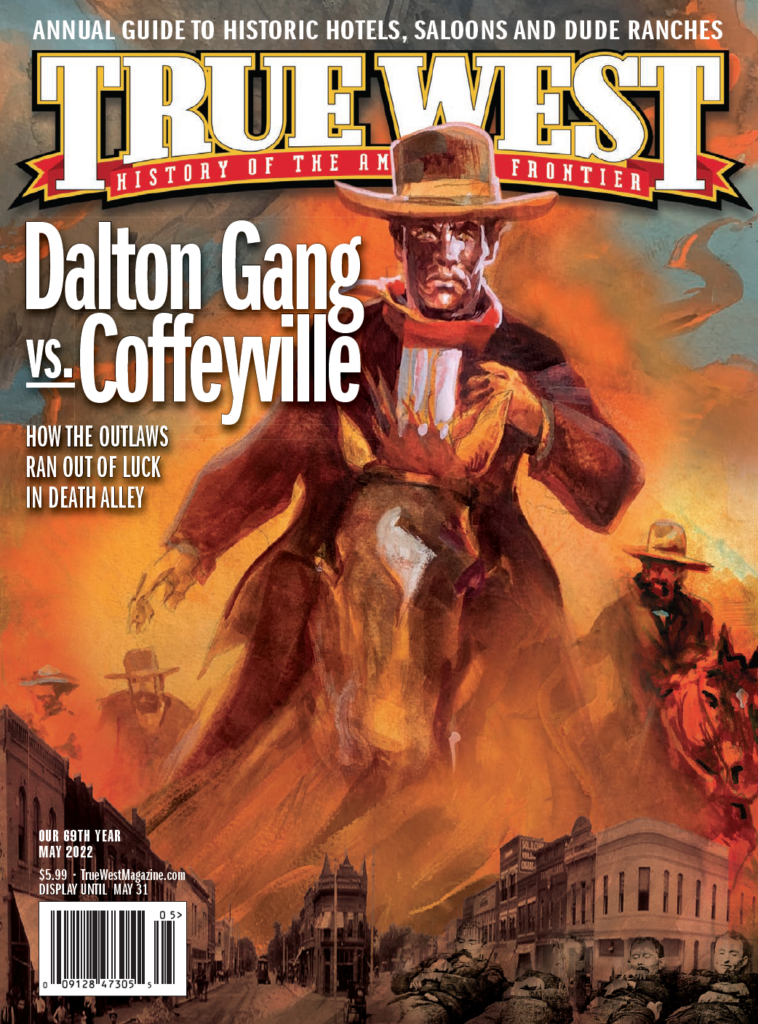The lawmen’s route from Arizona to New Mexico and Colorado is a grand adventure.
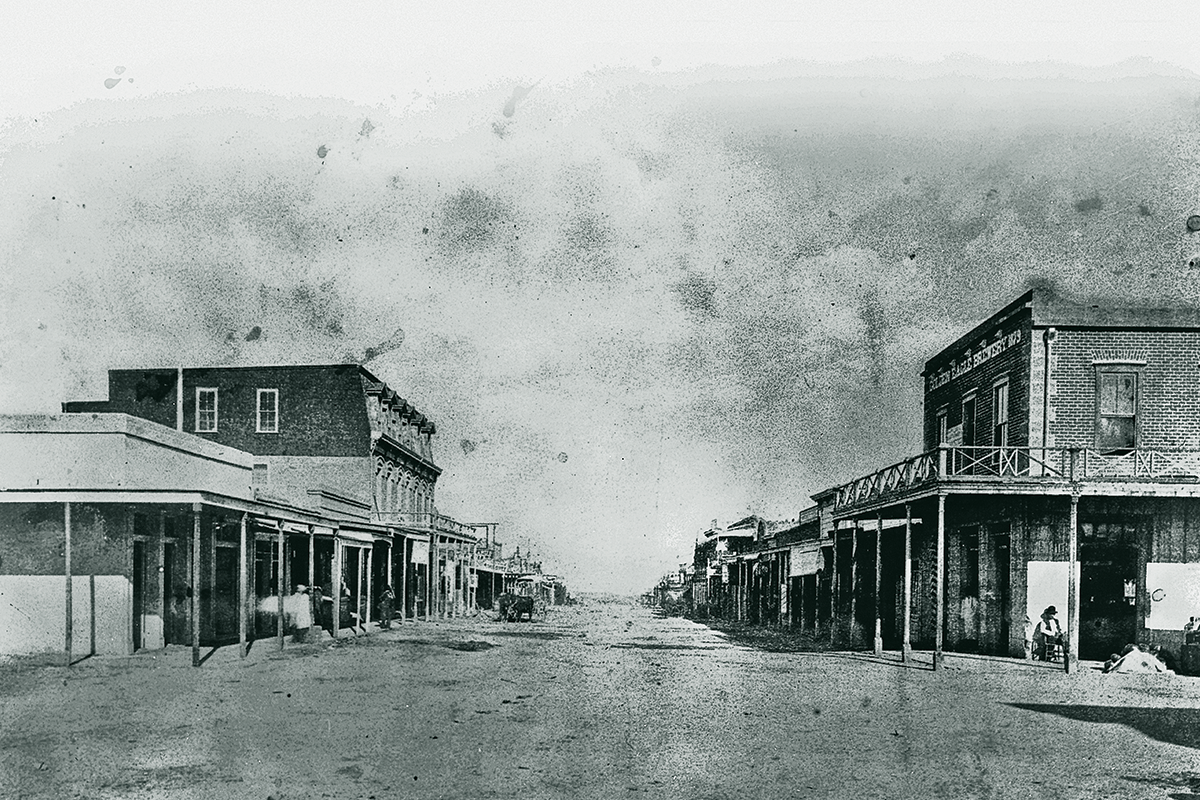
The Gunfight That Wasn’t at the O.K. Corral was over, Billy Clanton and the McLaury brothers were planted in Tombstone, Arizona’s cemetery, and there would be no murder trial facing lawmen Virgil, Morgan and Wyatt Earp or consumptive dentist-gambler John “Doc” Holliday for the most famous half-minute gunfight in Western history.
But payback was hell.
On December 28, 1881—just two months after the gunfight—Virgil Earp was badly wounded on the streets of Tombstone. On March 18, 1882, Morgan Earp was shot to death while playing pool with Wyatt at an Allen Street saloon/billiard parlor.
Wyatt decided it was time to get the hell out of Dodge, er, Tombstone.
The “Flight” of the Earps began, but it was not your run-of-the-mill skedaddle. For a few days, in fact, it became a vendetta.
Arizona
First, Wyatt, Doc and pals knew they needed to get Morgan’s coffin and Virgil and family out of Arizona. That led them to Contention City (now little more than dust and memories), where the funeral cortege boarded a train to Benson (Benson Historical Museum) and from there to Tucson (Southern Arizona Transportation Museum). At the depot, the Earp party met up with Earp/Holliday-hating “Cowboys” Frank Stilwell and Ike Clanton. The latter had the good sense to run. Stilwell fell dead from a lot of lead.
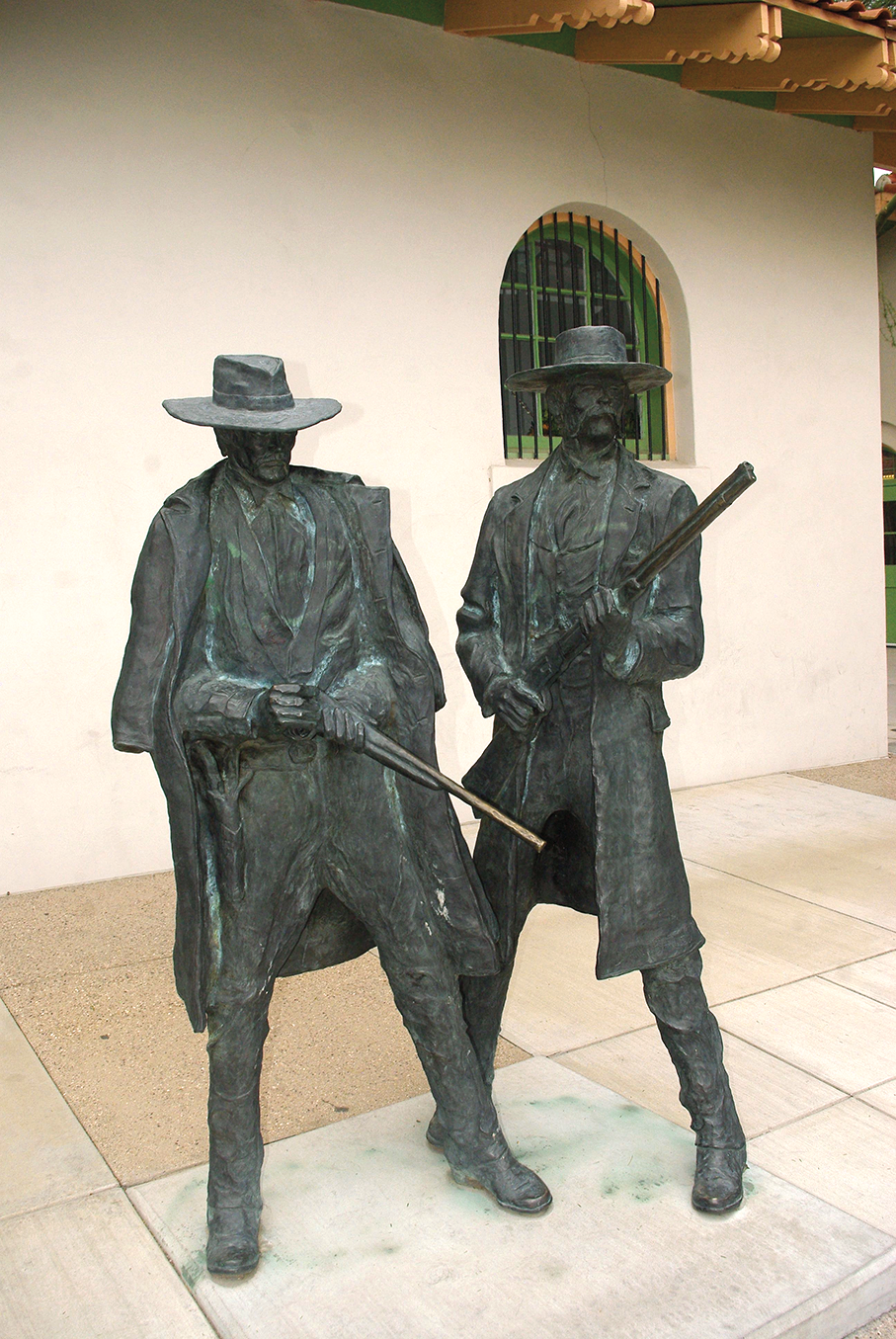
Wyatt’s “posse” returned briefly to Tombstone, then journeyed on to Pete Spence’s wood-cutting place in the Dragoon Mountains’ South Pass. Spence had the good sense not to be there, but Florentino “Indian Charlie” Cruz was around, and got shot dead. From there, at least according to legend, Wyatt kept traveling and shot Curly Bill Brocious dead at Iron Springs between Charleston and Benson. But John Behan, Cochise County Sheriff and Wyatt-Doc enemy, and a Cowboy posse were in pursuit.
“When Wyatt and Doc began their actual post-fight flights less to avoid arrest and prosecution than to evade posses comprised of Cowboy sympathizers who likely would help Earp and Holliday pass away through unfortunate accidents on their way back to Tombstone and eventual trial,” says Jeff Guinn, author of The Last Gunfight: The Real Story of the Shootout at the O.K. Corral—And How It Changed the American West. “Wyatt and Doc were quite literally running for their lives.”
Wyatt and pals found respite on March 27 at Henry Hooker’s ranch at Sierra Bonita (now a National Historic Landmark less than 30 miles north of Willcox, but still a working ranch and private residence). Behan wasn’t about to attack the Earp gang and Hooker’s bunch, so he led his posse away.
New Mexico
Most of the Vendetta bunch “scattered to parts unknown,” Guinn says. Wyatt and Doc reportedly landed across the New Mexico border in Silver City (Silver City Museum), selling their horses and traveling to Deming (Deming Luna Mimbres Museum). Both towns were booming.
The Las Vegas Daily Gazette called Silver City “strictly an American city…handsomely situated.” Deming “has twenty-eight business houses, covering all the various branches of business incident to and which make a live town,” Santa Fe’s Weekly New Mexican reported.
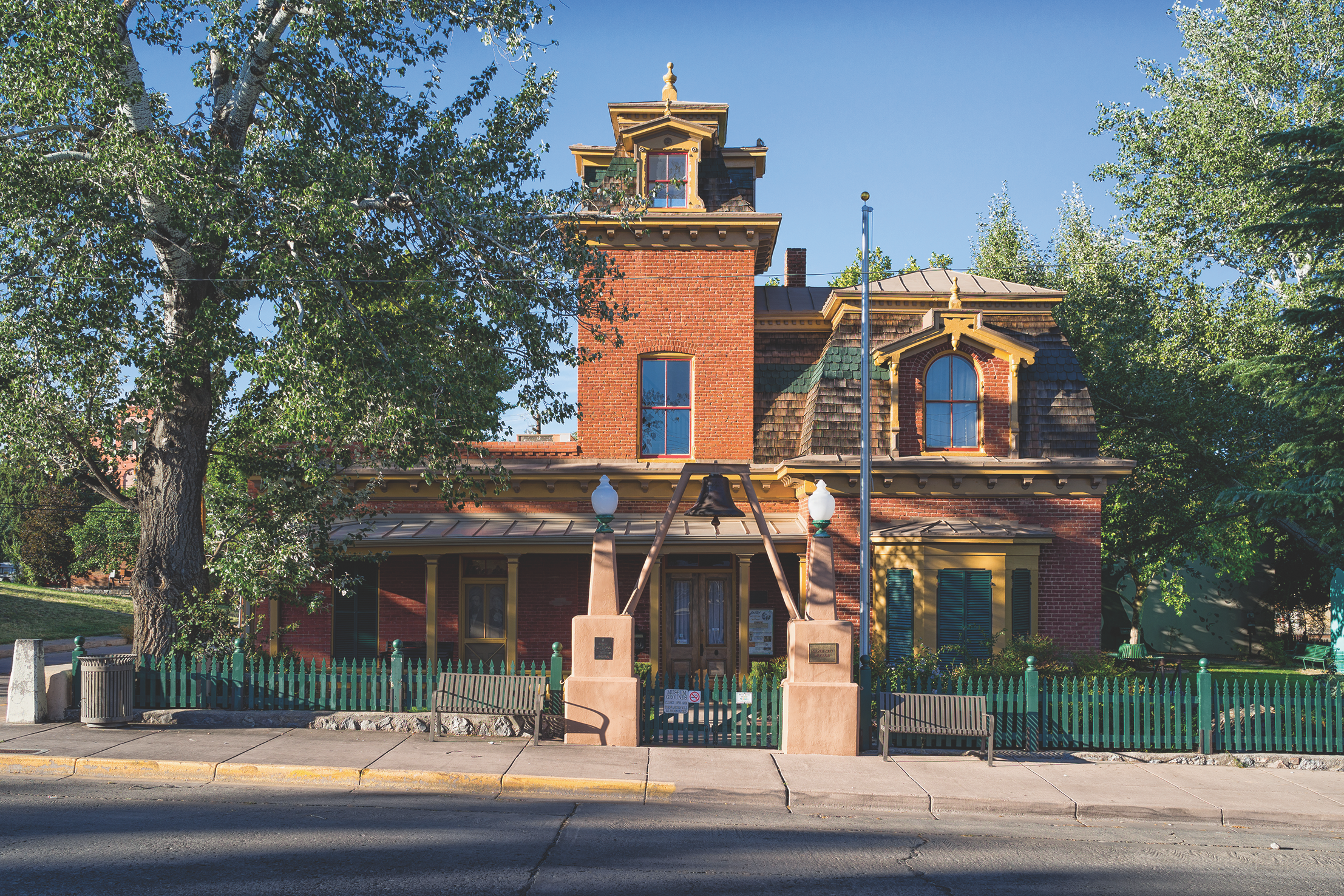
Eventually the Vendetta boys then started moving north to Albuquerque (Albuquerque Museum) and Las Vegas (Las Vegas Museum). But not together. Wyatt and Doc split up.
Says Guinn: “It’s likely Doc had said something insulting, almost certainly anti-Semitic, about Josephine Marcus, Wyatt’s lover.”
Doc “bought property near the [Las Vegas] railroad tracks and opened a saloon, and ordered new dental equipment for his new office on the plaza in Old Town,” Victoria Wilcox writes in The World of Doc Holliday. He drank and bet more than he pulled teeth.
He kept wandering. So did Wyatt.
Colorado
Wyatt and brother Warren took the train to Trinidad, Colorado (A.R. Mitchell Museum of Western Art), “where Wyatt’s good friend Bat Masterson was marshal,” says Bill Markley, author of Wyatt Earp and Bat Masterson: Lawmen of the Legendary West. “Later in life, when a detractor was badmouthing Earp in a Denver saloon, Bat defended his friend stating, ‘In all America there is not a fairer, squarer, straighter man than Wyatt Earp,’ then added punctuation using his fists.”
Masterson’s sympathy did not extend to Doc.
“In mid-May, Doc was arrested in Denver, and Pima County [Arizona] Sheriff Bob Paul arrived with extradition papers,” Guinn says. “But Bat Masterson, more for trying to help Doc out of friendship for Wyatt than for any real desire to assist the drunken dentist, who he hated, convinced the Colorado governor that Doc would never reach Tombstone alive. Doc was freed, and that pretty much ended any attempts by Arizona authorities to bring him and Wyatt back to face trial. Besides, in late May, Tombstone practically burned to the ground, and all official efforts there turned to rebuilding, not pursuing Wyatt and Doc.”
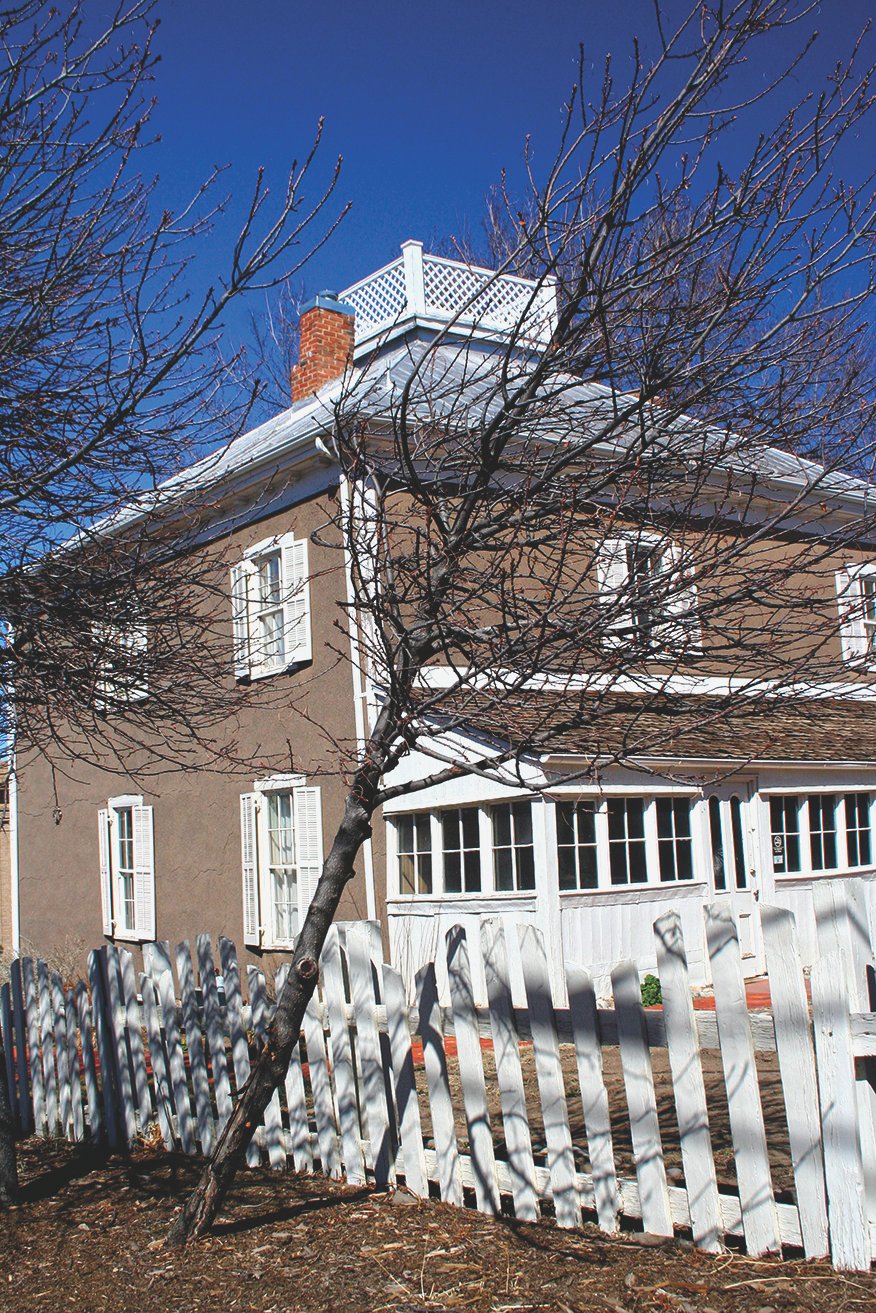
The Earps traveled to Gunnison (Gunnison Pioneer Museum), where they “hired Arizona lawyers to handle their cases,” Markley says, “and Wyatt ran a faro game in one of the saloons.”
After that, Wyatt “meandered around Colorado,” Guinn says, telling “anyone who’d listen that once he was pardoned, he’d go back to Tombstone and get everything settled.”
Meanwhile, Doc gambled in Pueblo (El Pueblo History Museum), Denver (History Colorado Center) and Leadville (Healy House Museum & Dexter Cabin).
“For a while, he eked out a marginal living as a gambler, sticking to Colorado towns,” Guinn says. “He drank heavily and spent considerable time in jail.”
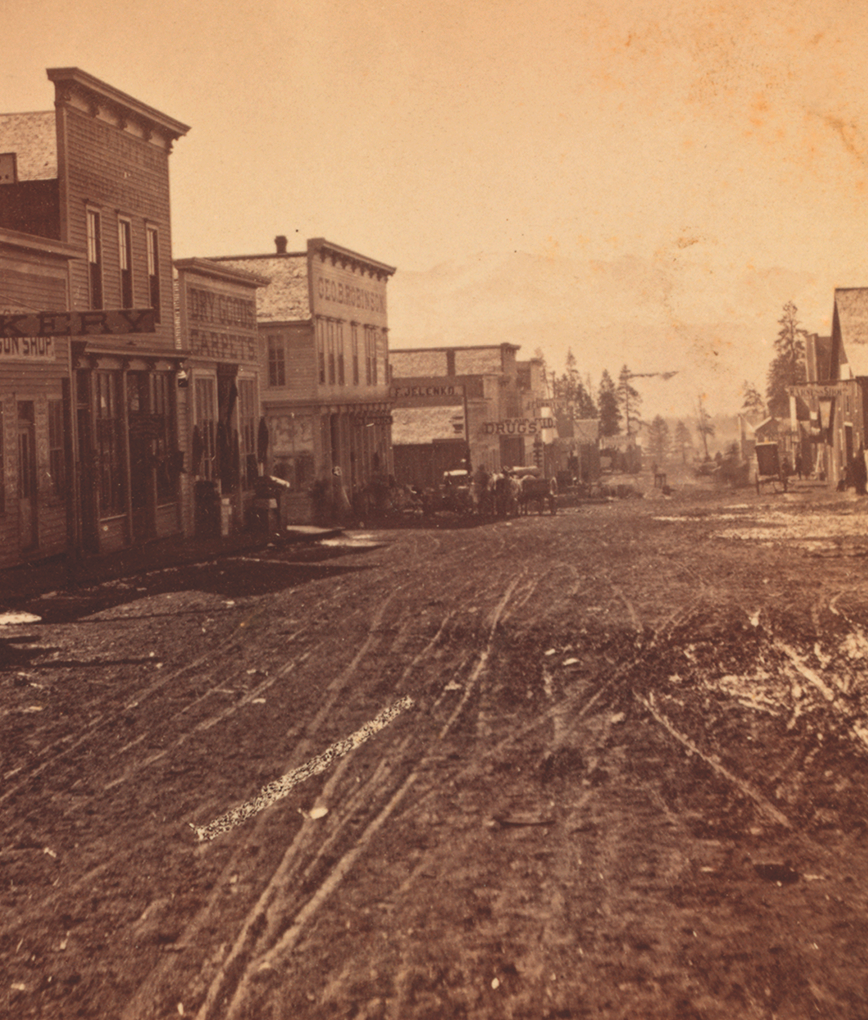
Doc ended up in Glenwood Springs (Glenwood Springs Historical Society and Frontier Museum). He “tipped bellboys a dollar a day to bring him whiskey,” Guinn says, before the dentist-gambler died in a hotel room in 1887. He was 36.
Wyatt eventually hit Alaska, Idaho, Nevada and California, dying in 1929 at age 80.
“There’s one happy twist to the story,” Guinn says. “Wyatt and Doc didn’t remain permanently estranged. In May 1885 it’s said—and I believe—that Wyatt and Josephine met with Doc at a Denver hotel. Josephine would recount that the two friends spent three hours reminiscing, and as he told Doc goodbye, Wyatt had tears in his eyes, since he was certain that Doc didn’t have long to live and they’d never meet again.”
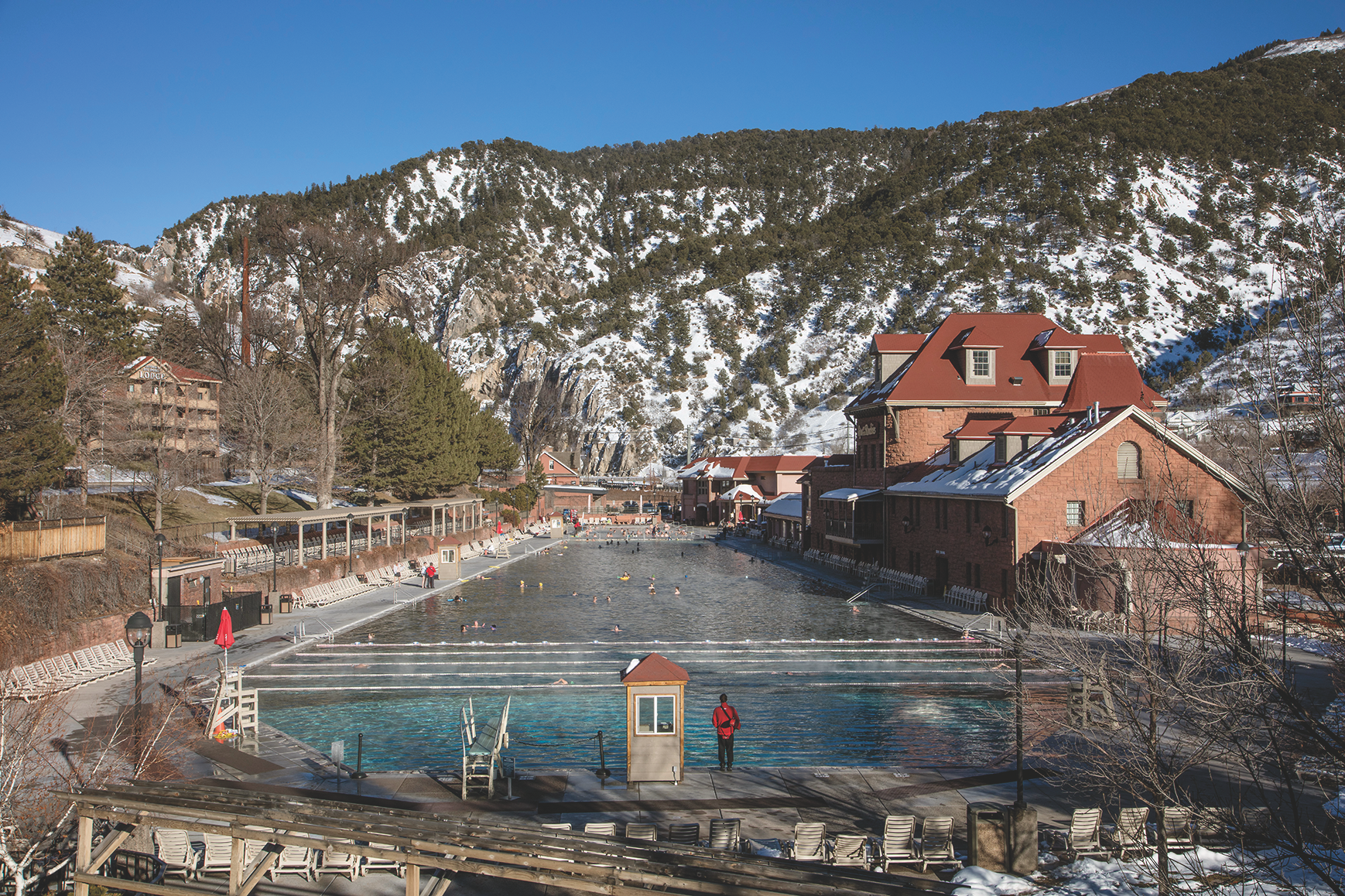
A Wide Spot in the Road
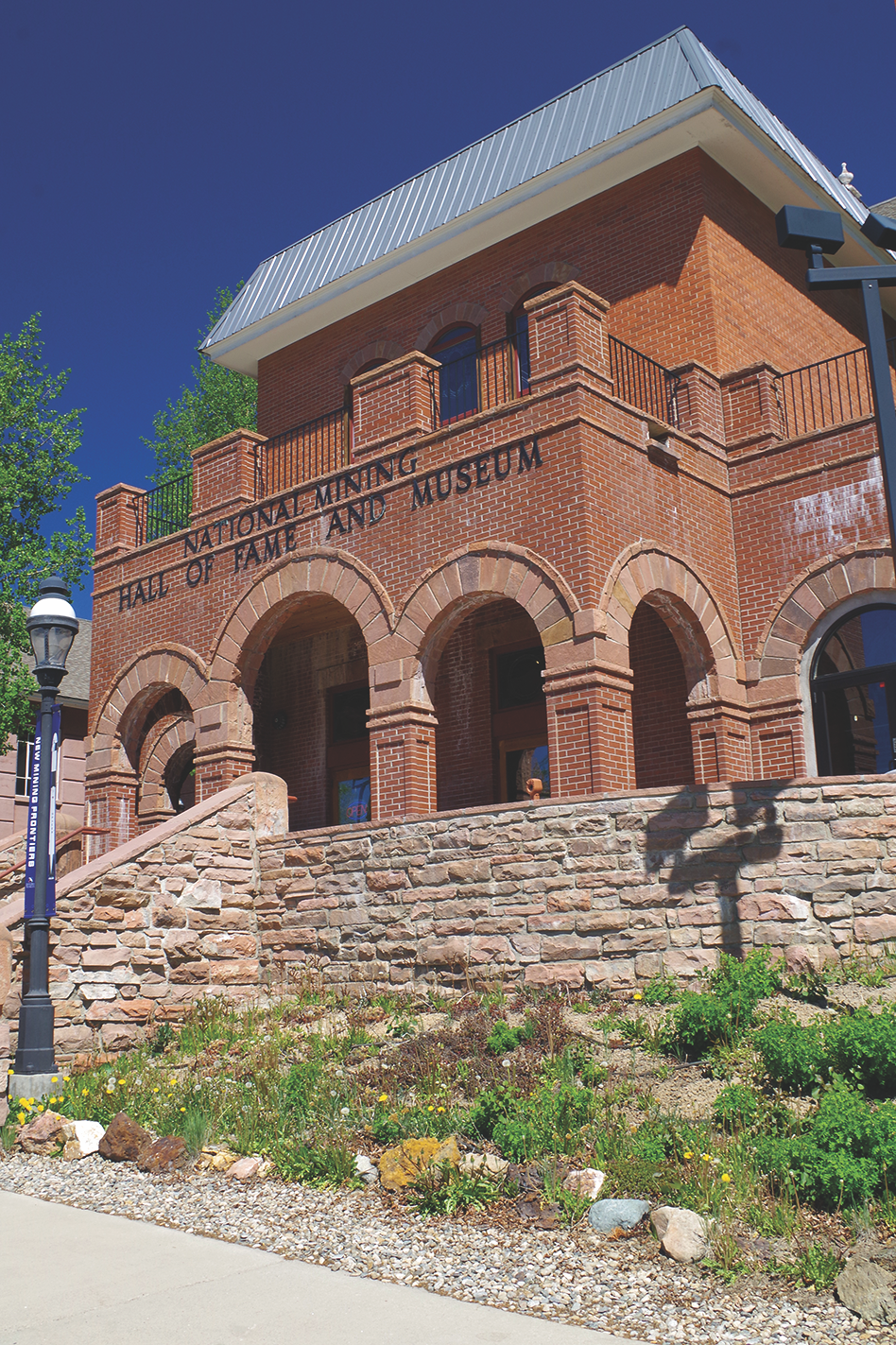
NATIONAL MINING HALL OF FAME AND MUSEUM
What brought the Earps and Doc Holliday to mining camps were mines—or, rather, the money miners could lose in games of chance. But in Leadville, Colorado, the National Mining Hall of Fame and Museum—the only one in the United States (granted a federal charter in 1988)—celebrates hard-working miners, owners, inventors and industry supporters.
The 25,000-square-foot facility (housed in an 1899 Victorian schoolhouse) includes exhibits of some 1,000 minerals—including a 24-ounce chunk of crystalline gold uncovered at Leadville’s Little Jonny Mine in 1892—and replicas of mines.
There are stories of the more than 250 Hall of Fame inductees, including Herbert Hoover, who, before sitting in the White House, was a mining engineer/consultant whose translation (with wife Lou Henry Hoover, a 1990 inductee) of Agricola’s De Re Metallica won the Hoovers the first Gold Medal of the Mining and Metallurgical Society in 1914. MiningHallOfFame.org
Good Eats and Sleeps
Good Grub: Pinnacle Peak, Tucson, AZ; Charlie’s Spic & Span Bakery and Café, Las Vegas, NM; D.C.’s on B Street, Pueblo, CO; Chop House & Brewery, Denver, CO
Good Lodging: Hotel Congress, Tucson, AZ; Landmark Lookout Lodge, Tombstone, AZ; Palace Hotel, Silver City, NM; Delaware Hotel, Leadville, CO; Hotel Colorado, Glenwood Springs, CO

